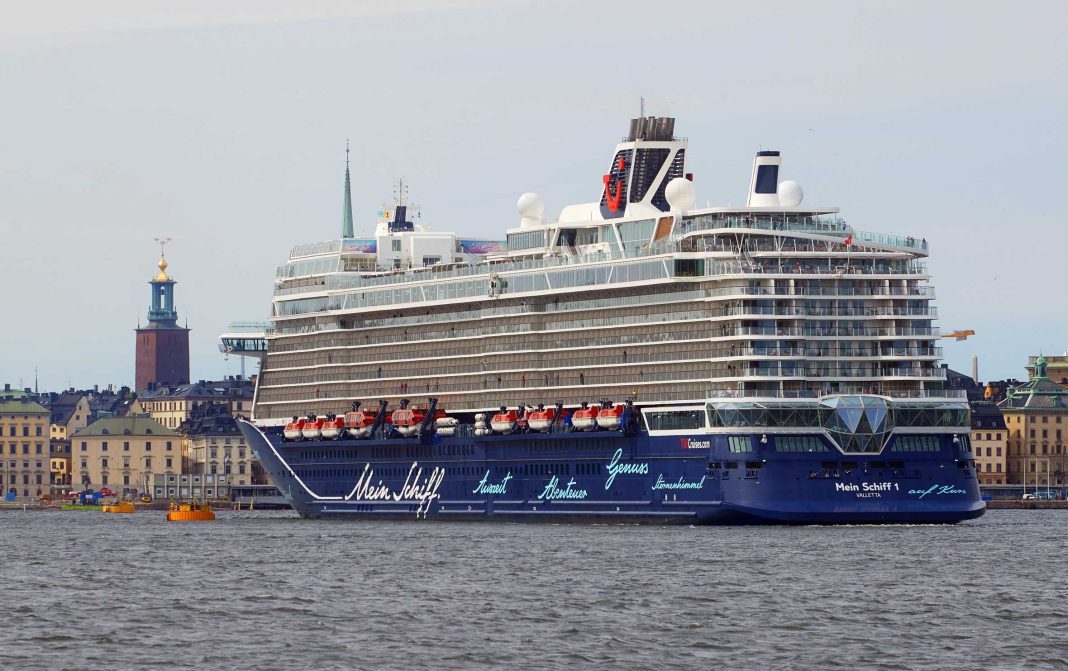Sweden’s first cruise ship call of the year where passengers will be able to leave the ship to visit Gothenburg, Visby and Stockholm took place on 15 June 2021.
A joint collaboration of ports and regulatory authorities made this cautious restart possible, sending a positive message both to international cruise shipping companies and to the Swedish tourism industry.
When the Covid-19 pandemic struck in 2020, cruise tourism globally was decimated, and Sweden was no exception.
Throughout the crisis, the ports in Stockholm, Visby and Gothenburg have worked together to develop common policies and practices to enable the shipping companies to safely restart operations.
“By collaborating with the relevant regulatory agencies to establish joint protocols, unambiguous codes of conduct and practices for cruise ship calls, the shipping companies have had a common policy to adhere to, which has facilitated the restart of the important cruise tourism,” explains Joakim Larsson, City of Stockholm Planning Commissioner responsible for Ports of Stockholm.
The shipping companies themselves have also taken great responsibility for establishing transparent and comprehensive rules for cruise ship calls during the Covid-19 pandemic, which has also expedited discussions with ports and regulatory agencies.
“The fact that our Swedish ports worked jointly from an early stage to develop our plans for how to manage vessel calls and passengers has been a success that we are now reaping the benefits of.
“When we in Gothenburg have talked to the shipping companies, their opinion is that we have handled the situation well by continuously adapting our planning and having transparent dialogue to inform of the procedures that apply.
“We also believe that the Swedish agencies have been very accessible and responsive in supporting us,” states Martin Meriwall, Cruise Operations Manager at the Port of Gothenburg.
The first cruise ship where passengers will be allowed to leave the ship arrived on 15 June. This will be what has been termed a bubble cruise, where passengers will stay in their own “bubble” by travelling in specially chartered buses and having their own set times to visit museums so that the passengers will not mix with members of the local communities.
All of the passengers have been Covid-19 tested, and there are significantly fewer passengers aboard than on a normal cruise. Strict codes of conduct also apply aboard the ship.
In the Stockholm region alone, the cruise industry contributes a total economic effect of EUR 176 million, as well as creating 1100 jobs, which is a significant proportion of the rapidly growing tourism industry.


